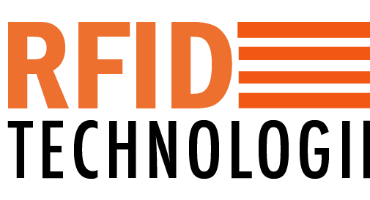Here are some considerations for RFID tag label selection, placement, and optimizing tracking:
UHF RFID tags and label - both hard and soft UHF RFID Label Tags can be attached to items or packaging, allowing for real-time tracking of assets and product inventory. This enables businesses to automate stocktaking, reduce manual errors, streamline replenishment processes, and improve overall inventory accuracy. Real-time tracking of inventory doing automate stocktaking using UHF RFID Readers - both Fixed-mounted UHF RFID Readers as well as Portable Mobile UHF RFID Readers
Tag Label Selection: UHF RFID tags and label - both hard and soft UHF RFID Label Tags
a. Read Range: Choose RFID tags with a read range suitable for your application. Consider the distance between the RFID reader and the tagged items to ensure reliable communication.
b. Tag Durability: Select RFID tags that are durable enough to withstand the environmental conditions in which they will be used. Consider factors such as temperature, moisture, and physical stress.
c. Tag Size: Choose RFID tags that are appropriate in size for the items being tagged. Smaller tags may be suitable for smaller products or assets, while larger tags can be used for bulkier items.
d. Tag Material: Consider the material of the tagged items and select RFID tags that are compatible with them. Different materials, such as metal or liquid, may require specialized tags for optimal performance.
Tag Placement: UHF RFID tags and label - both hard and soft UHF RFID Label Tags
a. Consider Line of Sight: Ensure that the RFID tags have a clear line of sight with the RFID reader. Avoid placing tags behind obstacles or in positions where they may be obstructed, which can affect read rates.
b. Optimal Placement Locations: Determine the best placement locations on the items for tag attachment. Experiment with different locations to find the optimal position that maximizes read rates and minimizes interference.
c. Tag Orientation: Orient the RFID tags properly to enhance read rates. Experiment with the orientation (e.g., vertical or horizontal) to find the position that yields the best read performance.
d. Tag Attachment Methods: Choose appropriate attachment methods based on the tagged items and their environment. Options may include adhesive backing, zip ties, clips, or embedded tags during the manufacturing process.
Environmental Conditions:
a. Temperature and Moisture: Ensure that the RFID tags and their adhesive materials can withstand the temperature and moisture levels in the operating environment. Select tags designed for extreme temperature ranges or consider encapsulating tags for protection if needed.
b. Chemical Exposure: If the tagged items are exposed to chemicals or liquids, choose RFID tags that are resistant to chemical damage and can maintain their performance in such environments.
c. Vibration and Physical Stress: Consider the level of vibration or physical stress the tagged items may experience. Select tags that can withstand the expected level of mechanical strain and maintain reliable performance.
Potential Interference:
a. Tag-to-Tag Interference: When placing multiple RFID tags in close proximity, consider potential interference. Test the read rates and performance to ensure that adjacent tags do not interfere with each other. Adjust tag placement or use specialized anti-collision algorithms if needed.
b. External Interference: Be aware of potential external interference sources such as metal or other RFID readers operating nearby. Conduct tests to identify potential sources of interference and adjust tag placement or shielding techniques to mitigate the impact.
It is recommended to conduct thorough testing and validation to optimize the performance of the RFID system. Experiment with different tag types, placements, and configurations to achieve the highest possible read rates and reliable tracking. Consider consulting with RFID technology experts for guidance tailored to your specific application and environment.
Request some sample packs for your testing and apptrovals. UHF RFID tags and label - both hard and soft UHF RFID Label Tags

